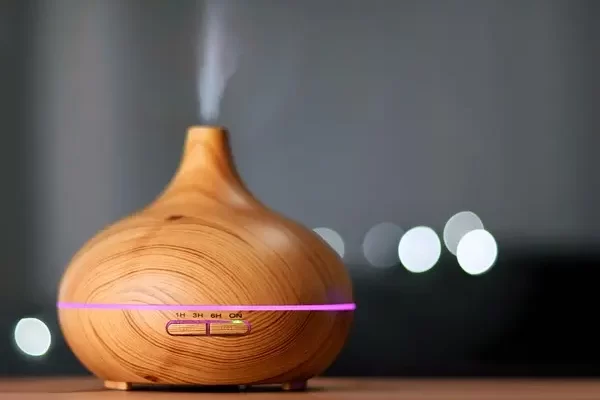When it comes to maintaining a comfortable home environment, humidifiers are often touted for their ability to alleviate problems associated with dry air. However, these devices can harbor a hidden danger that should not be overlooked: mold.
Understanding the Risk
Mold thrives in moist environments, making humidifiers a potential breeding ground for these insidious fungi. When left unchecked, mold in humidifiers can disperse spores into the air, which may lead to a range of health issues, from minor irritations to more serious respiratory conditions.
Health Implications
- Allergic Reactions: Many individuals are sensitive to mold, which can trigger sneezing, itching, coughing, and other allergic responses.
- Asthma Exacerbation: For those with asthma, inhaling mold spores can worsen symptoms, leading to difficulty breathing and increased asthma attacks.
- Infection Risk: Immunosuppressed individuals and those with chronic lung illnesses are at a higher risk of developing infections from mold exposure.
Preventative Measures
To avoid mold growth, it is crucial to maintain and clean your humidifier regularly. Here are some key steps:
- Use Distilled Water: Tap water can contain minerals that promote mold growth. Distilled water is a safer option.
- Regular Cleaning: Disassemble and clean your humidifier at least once a week using a mix of water and white vinegar or hydrogen peroxide to eliminate any potential mold.
- Dry It Out: After cleaning, thoroughly dry all parts before reassembling to prevent residual moisture from becoming a mold haven.
- Replace Filters: Follow the manufacturer’s guidance on replacing filters to ensure they aren’t harboring mold.
- Monitor Humidity Levels: Keep indoor humidity levels between 30-50% to deter mold growth; hygrometers can help with this.
Product Considerations
When purchasing a humidifier, consider opting for models with UV lights or antimicrobial materials, as these can inhibit mold growth.
4 Cases of Mold Found in Humidifiers: Incidents and Response
Mold growth in humidifiers is a concerning issue because it can lead to health problems, such as respiratory issues and allergic reactions. The following are four cases where mold was discovered in humidifiers, along with the actions taken to address these occurrences.
1. Home Humidifier in a Child’s Room
- What Happened: Parents noticed their child developing respiratory symptoms and upon inspecting the humidifier, they found black mold spores within the water tank and on the misting components.
- Actions Taken: The parents immediately stopped using the humidifier, cleaned the child’s room thoroughly, and consulted with a pediatrician for the child’s treatment. They also followed the manufacturer’s guidelines to clean the appliance with a mixture of vinegar and water. Moving forward, they began to use distilled water in the humidifier and instituted regular cleaning intervals as recommended by health experts.
2. Office Humidifier Causing Employee Illness
- What Happened: Several employees in an office started experiencing allergy-like symptoms. An inspection revealed mold growth in a large humidifier unit used in the office space.
- Actions Taken: The facility management was informed, and they removed the contaminated humidifier from the premises. It was replaced with a new humidifier that featured an antibacterial cartridge to prevent mold growth. Additionally, a professional cleaning company was brought in to decontaminate the office environment, and an HVAC specialist reviewed the office’s air systems to improve air quality.
3. Hospital Ward Outbreak
- What Happened: A mold outbreak in a hospital humidifier led to an infection control investigation after patients developed unusual fungal infections.
- Actions Taken: The hospital immediately initiated a ward closure to new patients and began an extensive environmental cleanup. The mold-infected humidifiers were replaced with sterile equipment, and air filters were changed. Hospital staff received additional training on infection control practices, including the importance of regular maintenance and cleaning of all equipment.
4. Library Archives Damaged by Mold
- What Happened: Rare books and documents in a library archive suffered mold damage due to a faulty humidifier system that was intended to preserve these materials.
- Actions Taken: The library staff removed all the affected material for special cleaning and restoration. The humidifier system was overhauled to include real-time humidity monitoring, and environmental controls were implemented with stricter guidelines to prevent future outbreaks. Staff was also educated on the early signs of mold and preventive measures.
Final Thoughts
Awareness is critical in the fight against mold in humidifiers. Understanding the risks and implementing routine cleaning schedules are key to ensuring that the air in your space remains not just comfortable but safe to breathe. As with any household appliance, adherence to proper maintenance is indispensable for optimal performance and health benefits.

